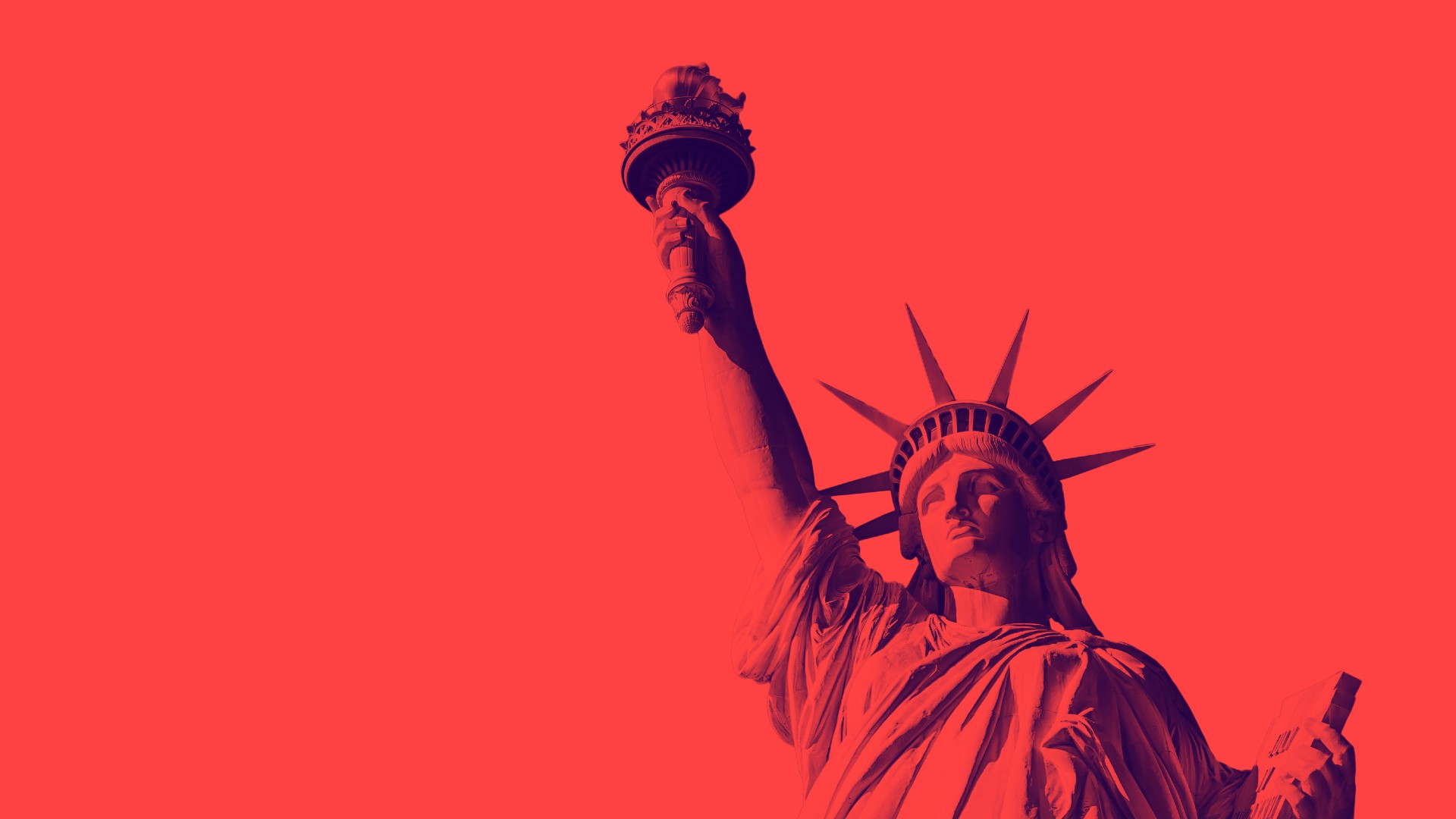Who Controls America’s Racial Narrative?

Who are these people in the media who tell us what is important — who decide what the narrative is for the rest of our national tribe? Do they really speak for the citizenry of the nation, or is it possible that they succumb to their own personal agendas when selecting how to portray America’s minority populations?
Why is this important? Because these are not only the people who hold the microphones, these are the people who frame the shots, who schedule the guests, who write the questions, who provide the feedback, who create, at the very heart of any news organizations, not only the basic narratives into which they attempt to fit all the news they see fit to print or broadcast, but the language itself, coining and promulgating the very terms which we in the public end up parroting to express ourselves.
Producers, directors, executive directors, assistant producers, story editors, film editors, screenwriters, script writers, story arc creators, copywriters – the people who do everything from imagining how the images you see need to look to deciding which points of view will be included and which will be left out – are practically all white. These are the people who work hard every day at manufacturing public opinion, one image, one soundbite at a time.
In the last 19 years, the minority population inthe U.S. has risen 8.5 percent; but the minority workforce in TV news is up 4.0 percent,1and the minority workforce in radio is actually down. Still, TV news diversity remains farahead of newspaper
Women In TV News At A Record High But Minorities DropRTNDA
If you can imagine the machinations of the staff on the cable news network CNN multiplied by the thousands of productions being churned out to fill our our airwaves and our cable boxes, you will begin to get the picture – legions of mostly young white men and women who bring their own backgrounds, their own experiences, and their own ignorances with them to work every day.
These are the people who control America’s racial narrative.
To be fair, it should be stated that there are limits to the television medium. In its current form the television and print news pipelines, which are the ones that are the main drivers of public discourse, are woefully inadequate to deliver much more than they already can in terms of factual data and well thought out arguments.
But it is hard to overstate how big a role the ethnicities of the people in the media who are behind the cameras play in what gets shown on camera.
Racial ambivalence (Katz and Hass, 1988; Katz et al., 1986) suggests the co-occurrence of blaming anti-black feelings (the perceived irresponsibility of black families, leaders, and values underlies the continuing disadvantage of black Americans) with paternalistic pro-black feelings (emphasizing obstacles, discrimination, and unequal opportunities)
The work by Katz and colleagues demonstrated empirically that anti-black attitudes correlated with white perceptions that blacks violate values related to the Protestant work ethic and that pro-black attitudes correlated with humanitarian and egalitarian values.
Whites can simultaneously possess both sets of attitudes. The implication for discriminatory behavior is that reactions toward a single black individual can be affected by a small push in either a positive or negative direction (e.g., slightly superior or slightly inferior credentials for a job applicant). Racially ambivalent whites then overreact, making excessively positive or excessively negative decisions as compared with their decisions about a comparable white individual.
Robert Entman and Andrew Rojecki
The Black Image In The White Mind
What this boils down to is a racial subtext that we often see manifest itself in the subtleties and nuances of the language news announcers read from their teleprompters, with the kind of descriptive verbs, adjectives and adverbs that reinforce the themes listed below:
Blacks are subjective, emotional, illogical, uneducated, untruthful.
Whites are objective, reasonable, logical, educated, and truthful.
The binary nature of our media up to now – point and counterpoint, action and reaction – has been perfectly suited to this type of conjecture. It may well be that the key to moving beyond this conventional method of portraying racial differences will lie in the fragmentary, multi-themed, multiple narrative-oriented news websites that are beginning to deliver more and more of our nation’s news.
The internet itself is not the answer, for many of the same hierarchies have replicated themselves in web based news providers that exist today in our traditional media.
In fact, we may see the public itself drive the media industry to revamp the way it portrays our nation’s citizenry. The threat of losing our eyeballs to competitors, in the end, may be the only thing that forces our nation’s main sources of news and information to do a better job of driving the national narrative on race.





